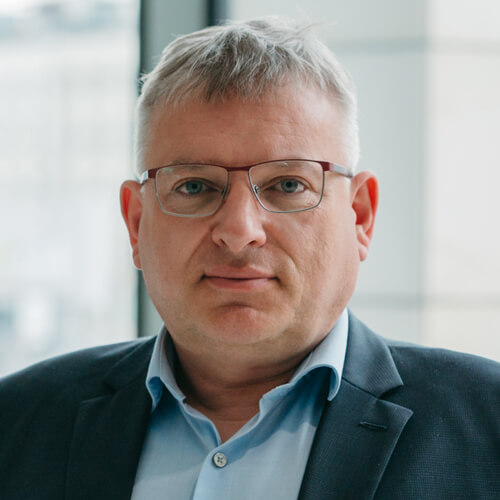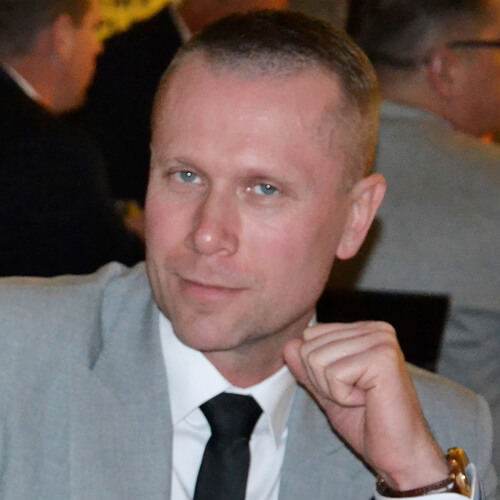Conference Agenda
*The programme may still be subject to slight modifications.
10:00 – 13:00
Workshops
The authors of the workshop will discuss the successive stages of investment preparation for trenchless rehabilitation of underground networks. They will point out the importance and need for activities at each stage. They will present selected examples of good practice. There will also be examples of the most common mistakes. Preparation of trenchless network rehabilitation investments at the pre-tender stage. Necessary step-by-step activities
Speakers:
Orangery
13:00 – 14:00
Lunch break
Orangery, Granary
14:00 – 15:45
General session

Paweł Kośmider

Piotr Ziętara
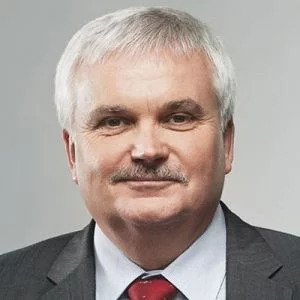
Cezary Madryas
The presentation, which is only a contribution to a broader discussion, pointed out the role and possibilities for the effective functioning of the underground network infrastructure of cities in the context of demographic and climate change. Undertaking a consideration of the elements of underground construction from this angle is exceptionally advisable, as it can determine the conditions for at least partial adaptation of them to the dynamically occurring needs of the operation. Analyses of solutions currently underway require the selection of solutions that are most favorable not only in terms of the cost of their implementation, but also, in terms of their ability to intercept rainwater caused by “urban flooding,” to carry away increased amounts of sewage, to supply more water and energy, and to provide connectivity. A complete analysis requires taking into account existing underground structures (such as tunnels, pedestrian underpasses, underground garages, etc.,), which very often create constraints that are difficult to overcome, as well as newly designed for the adopted network infrastructure solutions to cause the least possible hindrance to the development of the underground space of cities in the future. The indicated tasks are very difficult, requiring interdisciplinary activities, the use of modern technologies (including trenchless), and given the dynamics of demographic (increase in the number of people living in cities) and climatic changes (the effects of warming) should be solved as soon as possible.
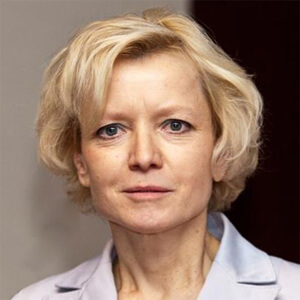
Klara Ramm

Maciej Durbas

Adam Wysokowski
Today's construction technologies are offering an increasing number of innovative solutions that enable the design and construction of facilities in a trenchless manner.
Trenchless technologies are becoming increasingly popular due to their undeniable numerous advantages, such as limited disruption to overland traffic, reduced inconvenience to the environment, reduced construction time, and less risk of damage to existing underground infrastructure elements.
As is generally known, guidelines for the design and construction of facilities
using trenchless technologies can play a crucial role in the entire construction process. This is because they contain generally recommended rules that must be followed by designers, contractors, and other specialists involved in the construction process. It is important that this later also translates into uninterrupted operation of the facilities so completed.
Broad application of the proposed guidelines will ensure the following:
1. safety: The guidelines contain basic requirements for safety during the design and construction of trenchless facilities. They define the relevant procedures and standards to be followed,
to ensure safe working conditions for all parties involved. They also ensure the risk of accidents, damage to infrastructure
, and other unforeseen incidents.
2 Quality: The guidelines provide guidance on the quality of labor, materials, and equipment used during construction. They specify the standards to which all work performed must conform. This ensures high-quality trenchless facilities that are adequately durable, long-lasting, and meet all technical requirements.
3 Efficiency: the guidelines are designed to ensure efficiency in the construction process. They specify the optimal methods and techniques that should
be used to minimize work duration and costs. The guidelines may also provide guidance on the optimal use of resources, such as energy and materials, which contributes to sustainability.
4 Legal aspects: The guidelines provide basic industry guidance
for designers and contractors of trenchless work. They define standards, procedures, and practices that are accepted and recognized by all parties in the construction process. This ensures consistency and uniformity in the approach
to the design and construction of trenchless facilities.
Such development is not only technically necessary but also important from the perspective of environmental protection and minimizing disruption to local communities.
We should, as an engineering community, strive for the rapid development and implementation of such documents. They will certainly contribute to an even wider dissemination of these efficient technologies and organize the investment process for the benefit of all parties involved.
Such measures bring tangible benefits to users and maintenance services.
Orangery
16:10 – 17:30
Exploitation and Monitoring session
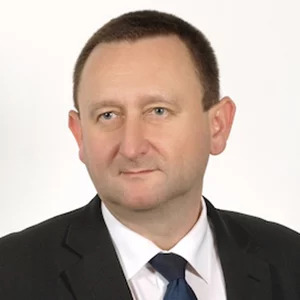
Paweł Popielski
The paper will present modern methods of documenting and assessing the technical condition of underground infrastructure. Plans will be discussed that allow verifying the current geometry of underground infrastructure walls as well as detecting leaks or locating structural damage. The advantage of conducting measurements with automatic devices and digital image recording is the creation of a numerical model of the inner surface of a collector or pipeline. Such a solution gives the possibility to make an automatic comparison of possible changes between individual measurements. During the analysis, it is possible to identify areas with differences in geometry greater than acceptable for further research. Performing a numerical analysis eliminates the human factor of subjective evaluation of changes. The presentation will outline the capabilities and limitations of the various methods and how their results can be used in documenting and assessing the condition and designing possible repairs and upgrades. This is of particular importance in critical infrastructure sections in urban areas, as well as in areas of mining damage.
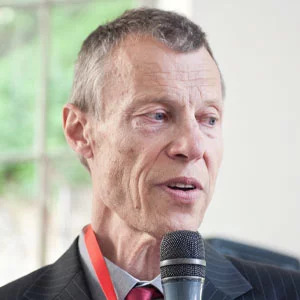
Andrzej Kolonko

Marek Kupś
A well-executed investment is characterized by excellent technical solutions, quickly returns economically, and is socially acceptable. This last element often determines – will, find” money for it. The less visible it is, the more difficult it is.
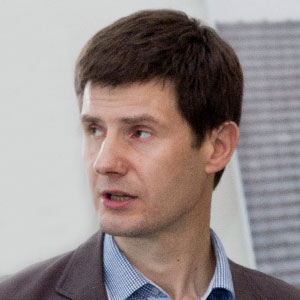
Bogdan Przybyła
The presentation will cover the main principles of conducting CCTV inspections in sewers in the aspects mentioned above, along with the basic equipment solutions used in practice.
Orangery
17:30 – 18:15
19:30 – 23:30
Feast
Additional attractions:
- Shooting range
- Scottish Evening
Granary
9:00 – 11:45
Trenchless Construction session
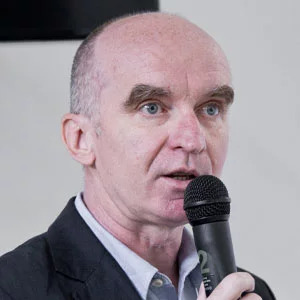
Robert Osikowicz
The paper shows the industry's experience in implementing extreme projects. The list includes projects completed between 1991 and 2023
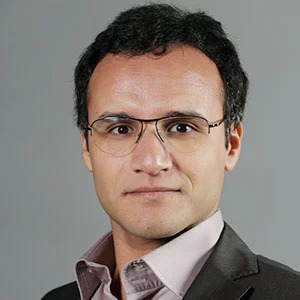
Atef Khemiri
The sustainability of the HDD industry depends on contractors' technical capabilities and performance, but also on their ability to properly manage projects from a contractual perspective. This presentation does not pretend to be a legal course. Instead, it is a practical approach to the legal aspects affecting the day-to-day operations of HDD contractors and an attempt to highlight some of the most critical contractual topics.
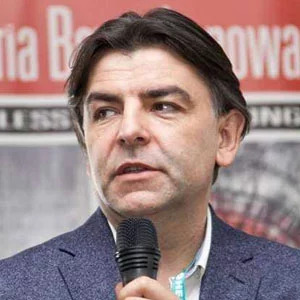
Jacek Jaworski
The paper will be devoted to the presentation of basic technical and technological problems of HDD technology in the transition from an onshore to an offshore environment. The author will also present considerations for drilling muds in a challenging environment, thermally conductive fills, potential annular space seals, as well as drilling technology issues.
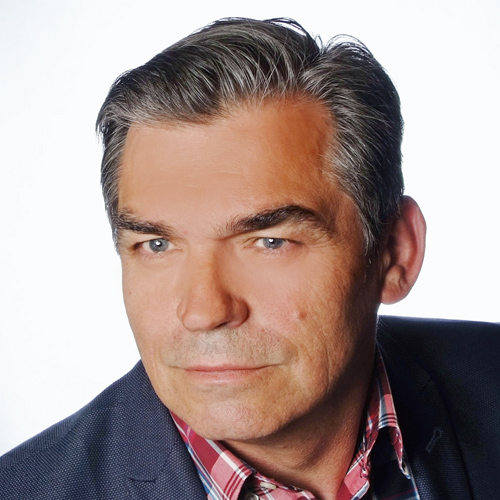
Roland Kośka
Microtunneling is a commonly used trenchless technique by GAZ-SYSTEM S.A., the primary technique for performing short crossings of single obstacles. This technology provides a high degree of confidence in the successful completion of the crossing. However, the method of performing microtunnels and the additional technologies that are associated with their use are not found in traditional implementations carried out by other network operators, e.g. for water or sewer. These additional technologies, as well as experience in the implementation of microtunnels with steel pipes, will be in this presentation.
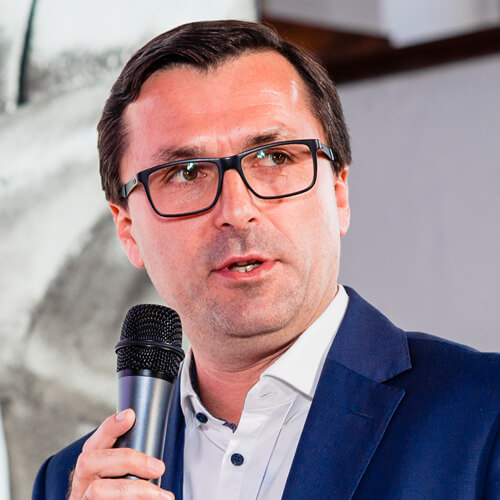
Adam Bok

Paweł Jagielski
Careful planning of the drilling route is crucial for any HDD drilling. However, calculating the optimal drilling route, taking into account all the factors that can affect its course, is a complex and often time-consuming task. In the case of complex drilling, even dedicated planning tools prove insufficient. Then there is nothing left but to make calculations manually.
That's why we have developed Quickplanner3D in close cooperation with experienced HDD specialists. With this clever software, you can automatically and quickly plan the optimal drilling route. The intelligent algorithm calculates the shortest route in three dimensions and reliably takes into account all points and limiting parameters. This makes it possible to efficiently plan and quickly check the feasibility of the drilling route. The software does not need to be installed. It can be used with any computer or laptop with Internet access.

Edyta Zalewska
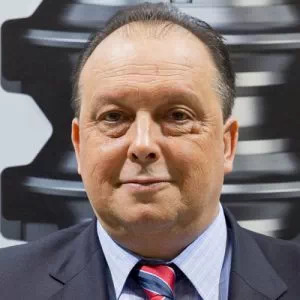
Dymitr Petrow-Ganew
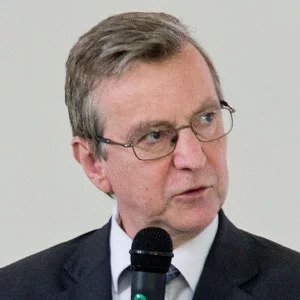
Florian Piechurski
Analyses are presented comparing the cost of constructing gas networks for four projects using trench and trenchless methods. These analyses show that for the majority, the trenchless method is the economically more attractive choice. The total costs of constructing gas networks using the trenchless method in 3/4 of the analyzed cases are lower and account for 83% ÷ 90% of the costs of the trench method. In one case, the costs of execution by the open trench method are lower and account for 98% of the costs of execution by the drilling method.
When analyzing the installation work, in the trenchless method a large share of the cost is made up of drilling and jacking, which can often exceed the cost of excavation - especially for large network diameters.
In order to economically evaluate a given gas network construction project and select an appropriate construction method, many factors must be taken into account. These include the type of soil found in the area, the depth of groundwater, the multiplicity of underground infrastructure, the pavement found along the network route, and the diameter of the pipeline associated with the price of drilling. Each project should be approached individually.
Orangery
12:00 – 14:45
Trenchless Renovation session
The Primus Line system for the rehabilitation of pressure pipelines in the range of DN 150 - DN 500 with various working media (water, wastewater, industrial water, oil, and gas) will be presented during the presentation. The Primus Line system can rehabilitate pipelines through elbows, even over long distances (up to 1,000 meters or more). Typical Primus Line projects will be presented using examples from practice, mainly in the context of rehabilitation: - transmission pipelines A unique tool called "SELECTION CALCULATOR" will be presented https://waterfolder.com/pl/app/renowacja-kanalow/ of CIPP liners for trenchless rehabilitation of existing gravity sewer, combined sewer, and rainwater pipes based on the Polish Atlas of Rainfall Intensities (PANDa) program. The CALCULATOR is intended as a support tool for designers, orderers, and managers of sewer networks. It indicates the benefits of using CIPP liners/sleeves in terms of improved strength and hydraulic conditions. It answers the question of how much the potential catchment area [%] or the number of wastewater customers (p.e.) will increase after rehabilitation. At the same time, the CALCULATOR indicates which materials, with which basic technical parameters, should be used in specific cases. All are based on CIPP sleeve liners manufactured by a leading Polish manufacturer - POliner Sp. z o.o. www.poliner.eu The presentation will be conducted by experienced engineers representing one of the leading trenchless contractors in Europe - the Polish company Blejkan S.A. www.blejkan.pl. Concentrated knowledge, decades of worldwide experience and the vision of Diringer&Schiedel , Pipe Aqua Tec GmbH, RS Technik AG, Applied Felts Ltd have naturally evolved into global trendsetting for the CIPP industry, resulting in elite technologies. Is the water and sewer industry in Poland ready to consciously adopt the best, fully mature and tested solutions with the welfare of its residents in mind ? The author of the presentation, representing the company Sezam Instal, which has been a representative of the largest and most important global players in the CIPP technology sector on the Polish market for several decades, will present his considerations and resulting proposals for further development in the area of renovation of pressurised water pipes. The issues of safety and health of people using water pipelines renovated with CIPP technology, reliability and repeatability of installations, the highest standards in the production process and monitoring of liners and resins are just some of the important jigsaw puzzles from which the picture of the Polish reality of CIPP renovation in the drinking water pipeline sector is being pieced together. The author will try to show why all of the above aspects are critical and why the lack of even one of them, inevitably, as a function of quite a short time , leads to very costly consequences. AOC is a global supplier of specialty resins that enable customers to create tough, durable, and versatile products and components for applications in coatings and protective barriers, colorants and visual effects, adhesives and specialty products, and composite resins. With strong worldwide manufacturing and scientific capabilities, the company works closely with customers to provide unparalleled quality, service, and reliability for today and create innovative solutions for tomorrow. AOC Resins is a leading supplier of styrene-free resins for trenchless CIPP applications. Manufactured by GMP (Good Manufacturing Practice) and under a comprehensive Total Quality Control Management system, AOC boasts an excellent track record in selling high-quality resins for potable water applications. Beyone series styrene-free resins are used in systems approved for drinking water by the PZH and KIWA. Certification of these resins is accomplished through extensive, multi-day KIWA audits, involving evaluation of the entire chain from raw materials to final product and testing. As a result, the CIPP customer receives standard-approved, high-quality resins with excellent consistency, allowing relining companies to have excellent repeat installations. The agenda will include information to:
Otakar Cigler
- siphons (under rivers and linear facilities)
- Pressure pipelines (including sewers)
- Pipes on bridge structures with expansion joints
- Pipelines in seismically active and undermined areas
- Overhead lines
- Pipelines located in manholes, tunnels, and collectors
- Pipelines in industrial areas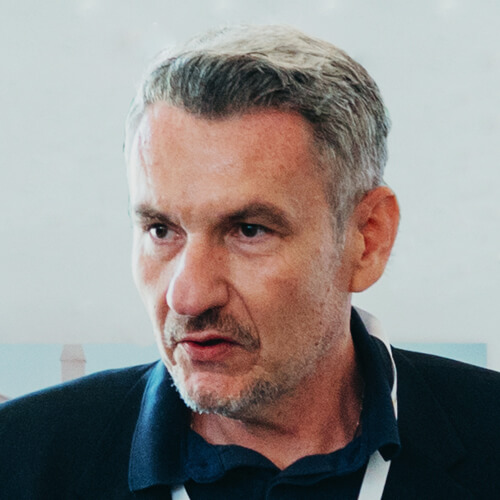
Jacek Kulig

Mariusz Iwanejko
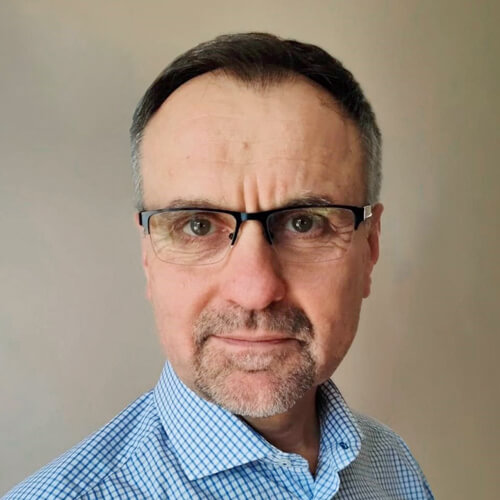
Andrzej Świątek
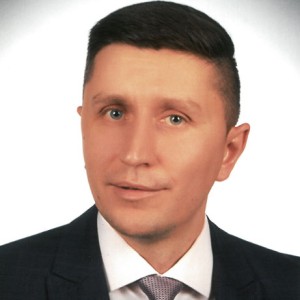
Piotr Kosz
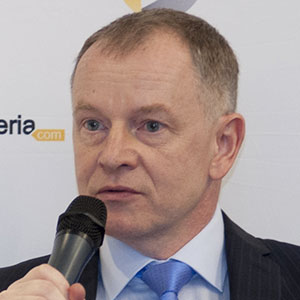
Mirosław Cecuga

Mark Kopietz
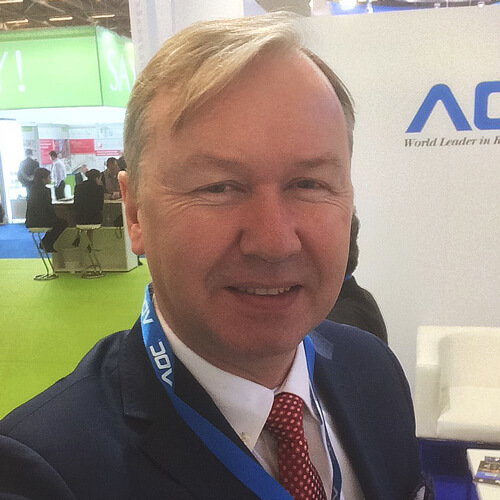
Tomasz Fischer
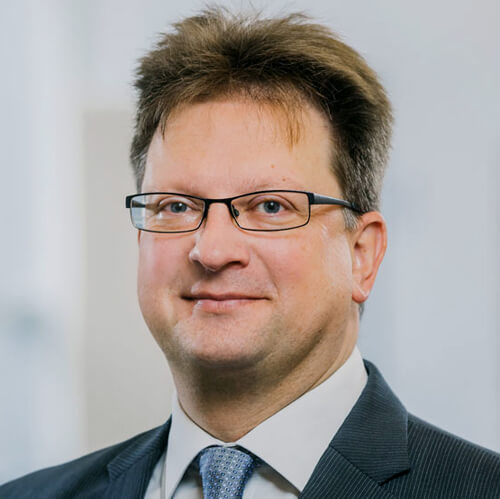
Markus Gillar
Orangery
14:45 – 15:40
Lunch break
Orangery, Granary
15:40 – 17:00
Technology demonstrations
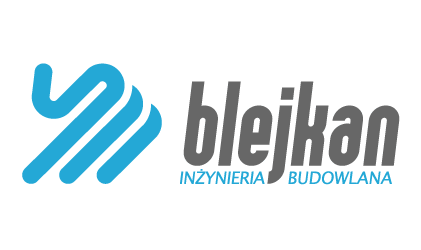

Trenchless renovation of pressure pipes with Primus Line – Live demonstration - part 1
Explanation of the method and process
Preparation of the liner for pull in process
Pull in of the liner into the host pipe DN 150
Inflation process of the liner and reforming the liner from U shape to the round shape (there will be a cut out window in the host pipe where the inflation process can be observed)
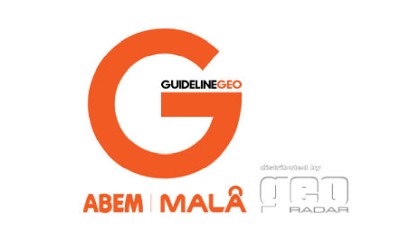
WalkTEM2 geophysical apparatus - for non-invasive met. TEM
During the demonstration, we will present a modern and high-speed apparatus for measurements by the transient electromagnetic (TEM) process method or
TDEM (time-domain electromagnetic method), which involves measuring electromagnetic field induction deep into the Earth.
The device is used to find, map, and monitor groundwater resources, mineral deposits, and environmental changes and geology.
The course of the demonstration
A step-by-step demonstration of how to take measurements in the field will be given in a selected area, followed by a demonstration on a computer screen of the results and their interpretation that are obtained by taking measurements with WalTEM 2.


Trenchless renovation of pressure pipes with Primus Line – Live demonstration - part 2
Installation of Primus Line mechanical connector M3 DN 150
Installation of Primus Line medium and high pressure connector (resin injected)
Specification of the liner which will be installed:
Primus Line ND 150 W (Water) PN 25
Maximum operating pressure 25 bar
Bursting pressure 63 bar
Plein air
17:00 – 18:00
General Assembly of the Polish Association of Trenchless Technology (PSTB)
We would also like to invite everyone who would like to join the PSTB
Granary
20:00 – 3:00
Gala ceremony, TYTAN 2023 awards
Additional attractions:
- Performance by Katarzyna Węglarz
- Photobooth 360
Orangery
10:00 – 13:00
Technical trip
Excursion to the Museum of the Underground of the Main Market Square in Cracow
Trip

